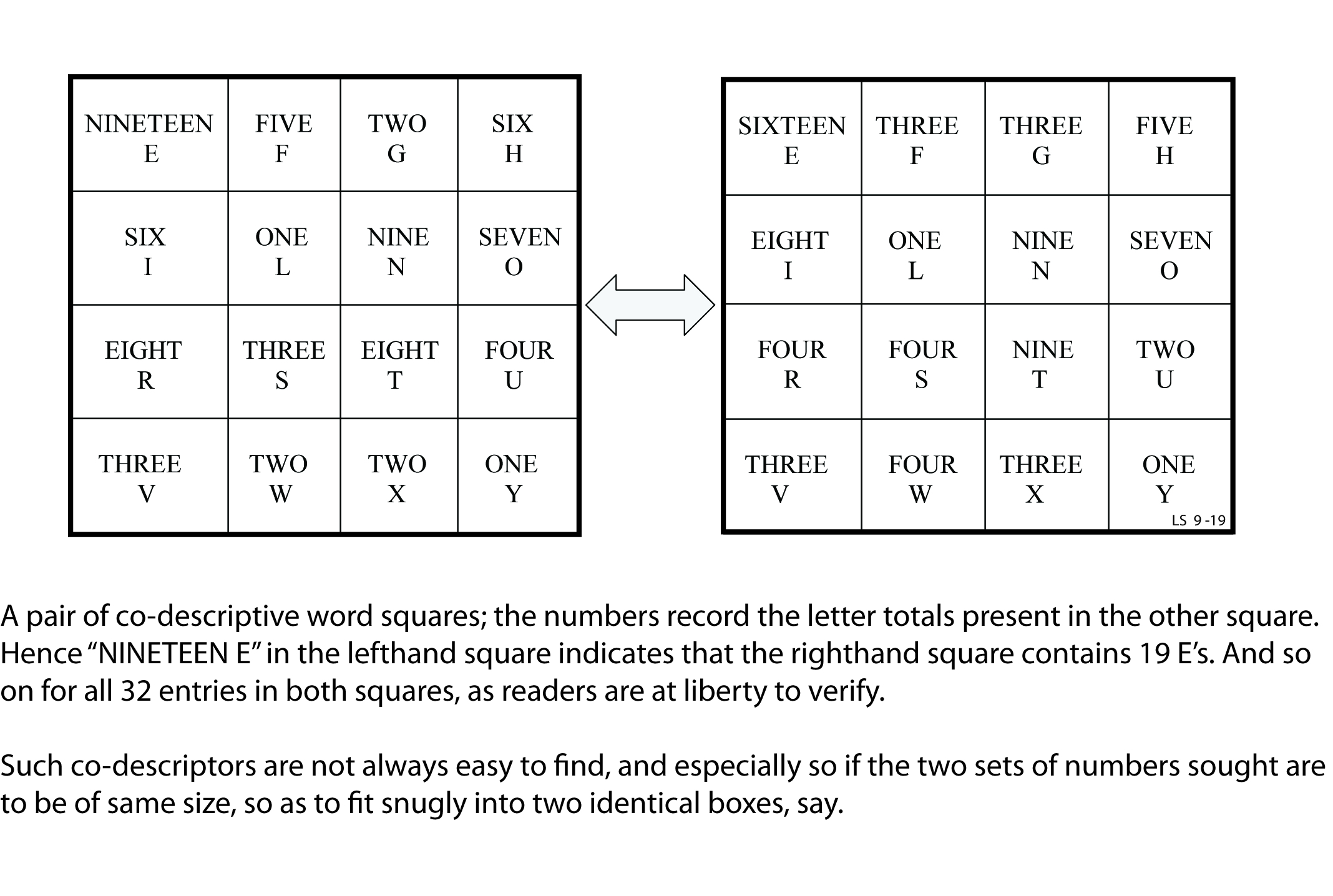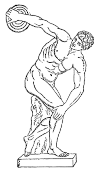According to the Guardian (March 1872), Lord Palmerston once dictated this sentence to 11 British cabinet ministers, “not one of whom, it is said, spelled it correctly”:
It is disagreeable to witness the embarrassment of a harassed peddler gauging the symmetry of a peeled potato.
“And Lord R. Cecil, in the House of Commons, some time ago, quoted the following lines which he said were given as a dictation exercise by an assistant commissioner to the children of a school in Ipswich”:
While hewing yew, Hugh lost his ewe,
And put it in the Hue and Cry,
To name its face’s dusky hues
Was all the effort he could use.
You brought the ewe back, by-and-by,
And only begged the hewer’s ewer,
Your hands to wash in water pure,
Lest nice-nosed ladies, not a few,
Should cry, on coming near you, “Ugh!”


